
We do not inherit bad kamma, just because we are born as human beings. We make our kamma and we own it. We are simply responsible for it. We cannot blame it on someone else. If you do bad kamma it is you who will reap its negative results. In the same way If you do good kamma it is you who will reap its positive results.
If we look into this further Ven.
Nyanaponika Thera says,
"Most writings on the doctrine of kamma emphasize the strict lawfulness governing kammic action, ensuring a close correspondence between our deeds and their fruits. While this emphasis is perfectly in place, there is another side to the working of kamma — a side rarely noted, but highly important. This is the modifiability of kamma, the fact that the lawfulness which governs kamma does not operate with mechanical rigidity but allows for a considerably wide range of modifications in the ripening of the fruit.If kammic action were always to bear fruits of invariably the same magnitude, and if modification or annulment of kamma-result were excluded, liberation from the samsaric cycle of suffering would be impossible; for an inexhaustible past would ever throw up new obstructive results of unwholesome kamma.
That means kamma can be modified or diluted and even extinguished.
First we will look at how we
can modify or dilute kamma.
If all conditioned things are subject to change(impermanence), kamma too has to be impermanent. This is because kamma is basically our intention and this is subject to change. Kamma can therefore be changed (with few exceptions) or diluted/modified and the sutta below explains it. All we have to do is to by collect a whole lot of good kamma by mind, body and speech, just like a "flowing river". Please s
ee the post below:
We can take this a step further. Kamma can also be extinguished completely. This needs a lot of work and can be done by the practice of insight meditation and by ending all taints. This following sutta is good evidence for this.
"... there are four kinds of kamma proclaimed by me after realization myself with direct knowledge.
What are the four?
1.There is dark kamma with dark ripening,
2. There is bright kamma with bright ripening,
3. There is dark-and-bright kamma with dark-and-bright ripening,
4. There is kamma that is not dark and not bright with neither-dark-nor-bright ripening that conduces to the exhaustion of kamma.
Kukkuravatika Sutta: The Dog-duty Ascetic
translated from the Pali by Ñanamoli Thera
So what is the path that will lead to the kamma that is not dark and not bright that conduces to the exhaustion of kamma?
In Budhhas words:
"...what is the path of practice leading to the cessation of kamma? Just this noble eightfold path: right view, right resolve, right speech, right action, right livelihood, right effort, right mindfulness, right concentration. This is called the path of practice leading to the cessation of kamma.
Kamma Sutta: Action
translated from the Pali by
Thanissaro Bhikkhu


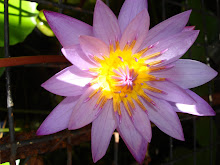












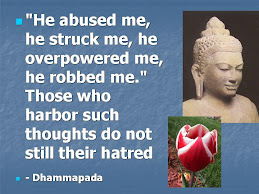

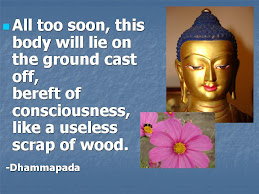
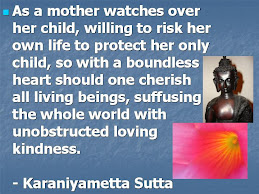
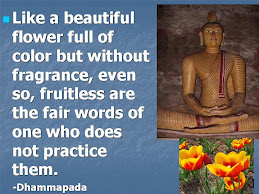
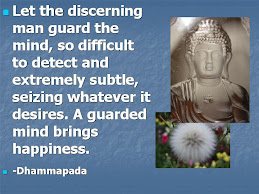

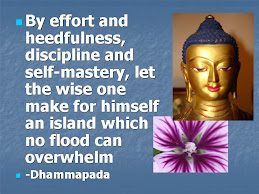

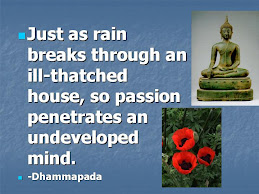

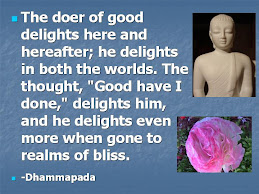
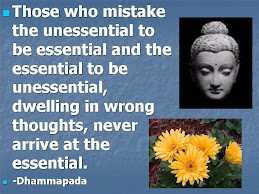
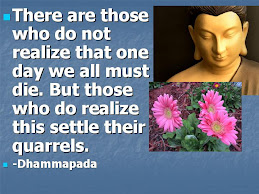
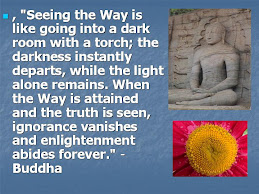

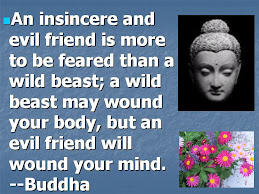
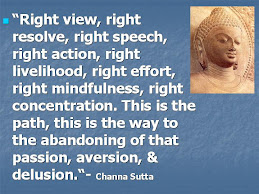

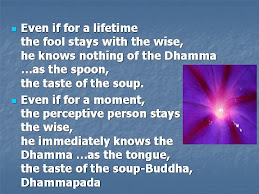


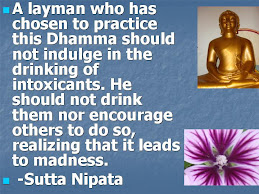
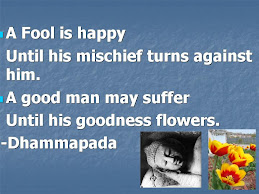
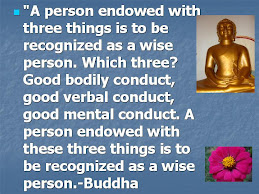

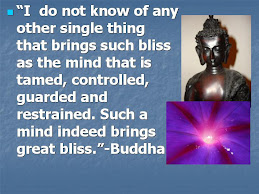
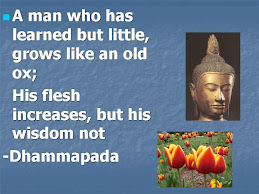
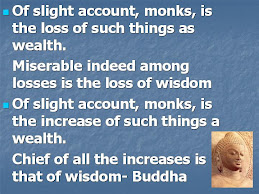
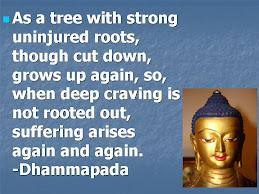
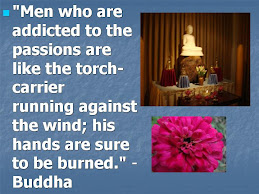


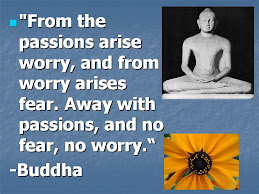
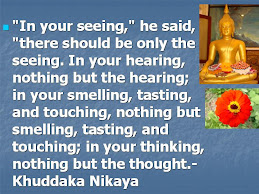




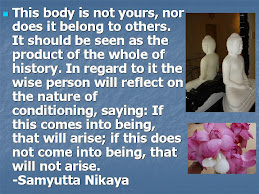
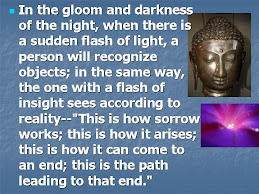
















No comments:
Post a Comment